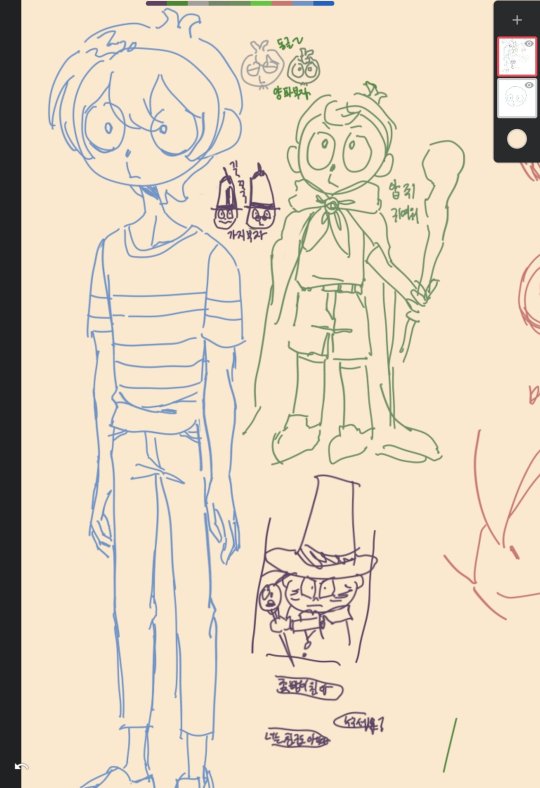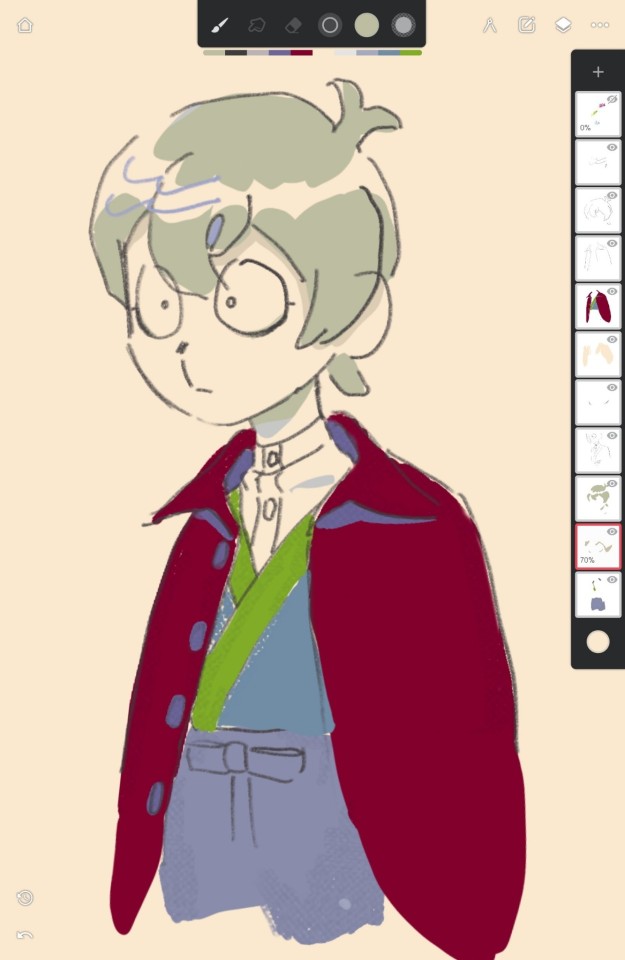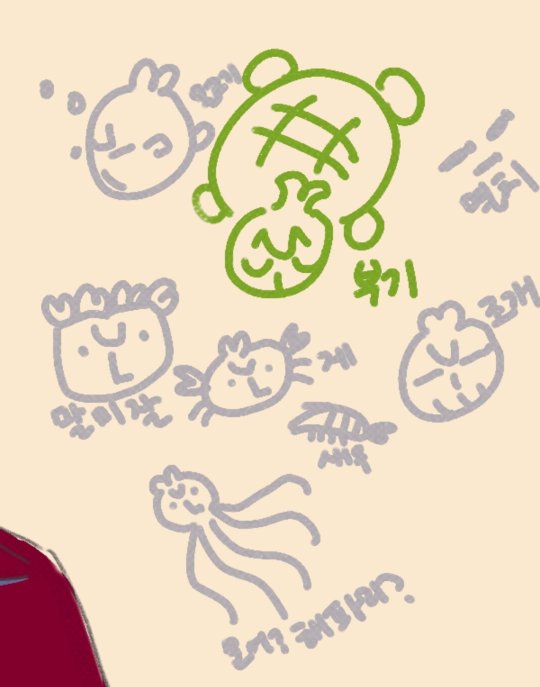#mefisto II
Explore tagged Tumblr posts
Text




sum stuff
#akumakun#悪魔くん#akuma-kun#akuma kun#mefisto III#shingo umoregi#ichiro umoregi#mefisto II#ggm pic#ggolmu#doodles
36 notes
·
View notes
Text
People You'd Like to Get to Know
I was tagged by sweeties @aliengirl @theosconfessions @druidberries and @alinelie, thank you bebes 😭💖💖💖
Last Song: Agonize by F.O.O.L & Extra Terra. just a basic mid tempo 🤤
Favourite color: black always, and maybe blue 🙃
Currently watching: Once Upon a Time on Disney + 😅
Last movie: A Quiet Place Part II 🤩
Currently reading: I'm currently looking for something to read 🤣 I've run out of books
Sweet/spicy/savoury: spicyyyyyyyy
Last thing I googled: "bed for cats" lmao
Current obsession: Magnus Mefisto's true crime and history videos 😎
Currently working on: I'm going to be a mom... cat mom of course 😌💖 I'm slowly becoming the crazy cat lady lmao My new kitten is going to be born next month! 🥳
no tag because everyone probably has done this already 🤣
#tag game#my dad hates cats and we have 3 already 🤣🤣 and he loves them all#He said “Will you leave me one when you move out? 🥺” and I was like “ONE OF MY CHILDREN?? NEVER”
16 notes
·
View notes
Photo

The Best of Best New Horror Volume 1, edited by Stephen Jones, PS Publishing, 2020. Cover art by Norman Saunders, info: pspublishing.co.uk.
Contents: Editor’s Foreword — Stephen Jones Introduction: Bettering the Best — Ramsey Campbell No Sharks in the Med [1989] — Brian Lumley The Man Who Drew Cats [1990] — Michael Marshall Smith The Same in any Language 1991] — Ramsey Campbell Norman Wisdom and the Angel of Death [1992] — Christopher Fowler Mefisto in Onyx [1993] — Harlan Ellison® The Temptation of Dr. Stein [1994] — Paul J. McAuley Queen of Knives [1995]— Neil Gaiman The Break [1996] — Terry Lamsley Emptiness Spoke Eloquent [1997] — Caitlín R. Kiernan Mr. Clubb and Mr. Cuff [1998] — Peter Straub Index to the First Ten Years of Best New Horror I: Index by Contributor II: Index by Title III: Contents of Previous Omnibus Editions
8 notes
·
View notes
Text
Reflections of a Boy - transcript/translation
This is a short film featuring Matthías. It’s only five and a half minutes, and there’s no actual dialogue, only a slow voiceover with a lot of silences (sadly not Matthías’s voice), so it’s only a few actual sentences of text. Transcript and translation below! With a lengthy digression on the translation of Doctor Faustus Lights the Lights seen briefly onscreen.
Icelandic transcript
Á hverri nóttu dreymir mig sama drauminn. Það er sami draumurinn sem mig dreymdi í dag, og í gær.
Þú myndir örugglega ekki skilja það.
Allt er að hverfa í kringum mig, gufar upp í ekkert. Allt í einu tek ég eftir því að... ég er að hverfa líka.
Á sjö ára fresti endurnýja allar frumurnar sig í líkamanum, nýjar í stað þeirra gömlu. Vissirðu það?
Ég finn fyrir því.
Hvítt landslag leysist upp. Steinar verða að sameindum, sameindir að atómum, atóm að engu.
English translation
Every night, I have the same dream. The same dream that I dreamt today, and the day before that.
You probably wouldn’t understand.
Everything around me is disappearing, evaporating into nothing. All of a sudden I notice that... I’m disappearing, too.
Every seven years, all the cells in your body are renewed. New ones replace the old ones. Did you know that?
I can feel it.
A white landscape dissolves. Rocks become molecules, molecules become atoms, atoms become nothing.
Notes
This is all pretty straightforward to translate - but man, this’d be very hard to parse for a non-native Icelandic speaker; it’s really mumbled for what you’d usually hear in film. Good thing you’ve got me.
At about 0:54 in the video, we see a sheet of paper, where Matthías has written some poetic text. It’s a bit hard to read thanks to the angle of the paper, the handwriting and the video quality, but as best I can tell (with second opinions from Elís and firring from the Discord and an incredibly helpful pointer from russetmantle), it says:
Fástus
En hvað er það sem drepa skal?
Mefisto
Þá höfum um það ekkert val.
Fástus
En hvað þá?/En hvað mun ske?
Translated:
Faustus
But what is it that is to be killed?
Mephisto
Then let’s not leave it up to choice.
Faustus
But what then?/But what will happen?
This is part of a translation of Doctor Faustus Lights the Lights by Gertrude Stein, which Matthías, Ingólfur Eiríksson and Brynhildur Guðjónsdóttir translated for MR’s production of it in 2013. Presumably, he hasn’t yet decided which translation he wants for the last line. The lines that he’s translating, from Act III, Scene II, originally go:
Faustus
But if I kill what then will.
Mephisto
It is I who have an iron will.
Faustus
But if I kill what will happen then.
His translation is not completely literal, of course, because Matthías is going for rhyme and meter.
54 notes
·
View notes
Text
Breve: Tráiler cinematográfico de Diablo II: Resurrected
https://ift.tt/2iefP43

Como aperitivo del lanzamiento de Diablo II: Resurrected, que estará disponible el 23 de septiembre, Blizzard Entertainment ha mostrado el tráiler cinematográfico del juego. El metraje de casi tres minutos nos avisa de que el infierno se acerca y que ha llegado la hora de luchar contra sus moradores a la vez que se investiga el destino de los demonios mayores Diablo, Mefisto y Baal. Al igual que el resto del título, las cinemáticas de Diablo II: Resurrected han sido reconstruidas. En este caso el trabajo de Vicarious Visions ha consistido en rehacer desde cero y fotograma a fotograma… Leer noticia completa y comentarios » from ElOtroLado.net https://ift.tt/2YSA7dI via IFTTT
0 notes
Text
Juventudes Musicales de Zafra programa un concierto de José María Duque el 23 de noviembre
Juventudes Musicales de Zafra programa un concierto de José María Duque el 23 de noviembre
Juventudes Musicales de Zafra programa un concierto de José María Duque el 23 de noviembre en el Pabellón Central del Recinto Ferial de la localidad a las 2o horas.
PROGRAMA
SUITE INGLESA Nº 2 BWV 807 en La Menor – JOHANN SEBASTIAN BACH (1685-1750) Preludio Alemanda Courante Zarabanda Los adornos de la misma Zarabanda Bourré I y II Giga
VALS MEFISTO Nº 1 – FRANZ LISZT (1811-1886) Danza en la…
View On WordPress
0 notes
Text
Cosa vuol dire teatro? Cosa significa sedersi in una platea adibita alla messinscena di melodrammi? Cosa si aspetta il pubblico? Ebbene, con questo binomio Rapsodia satanica/Gianni Schicchi, l’appuntamento del Teatro Carlo Felice ha avuto esiti inaspettati.Una serata diversa quella a cui hanno preso parte gli affezionati spettatori genovesi: cinema e teatro. Il pubblico, accomodatosi sulle morbide poltrone di velluto rosso, questa volta ha assistito a qualcosa di diverso: direttamente restaurato dalla cineteca di Bologna, è stato proiettato Rapsodia Satanica, film muto del 1917 diretto da Nino Oxilia con colonna sonora firmata da Pietro Mascagni, interpretata dall’orchestra del teatro. Poco da dire: nato tra le influenze dell’estetismo dannunziano e i caratteri dello stile liberty, basato su una trama mefistofelica molto tradizionale, si tratta di uno dei primi esempi di cinema italiano. L’anziana dama Alba d’Oltrevita stipula un patto con Mefisto per riacquistare la giovinezza in cambio della quale le è fatto divieto di innamorarsi. Alba è corteggiata da due giovani fratelli, Tristano e Sergio, ma quest’ultimo minaccia di uccidersi se lei non lo amerà. Tristano si invaghisce della donna e Sergio si uccide. Isolatasi per il senso di colpa, Alba pensa e ripensa all’uomo che le aveva giurato amore eterno e si innamora di quell’anima oramai scomparsa. A questo punto però Mefisto torna per riprendersi la giovinezza che aveva concesso e restituisce la vecchiaia ad Alba che non ha rispettato il patto. Nulla di questo colpisce i più se non la capacità interpretativa dell’orchestra nel presentare il genio di Mascagni.
A risvegliarci da questo limbo espressivo accorre un contemporaneo di Mascagni, Giacomo Puccini. Dopo l’intervallo a conclusione del film, si rientra in sala e già si respira l’aria che si vuol sentire varcando le porte di un teatro: scenografia pronta, va in scena Gianni Schicchi. Terza opera parte del Trittico pucciniano, Gianni Schicchi risolleva immediatamente l’attenzione dei presenti. Regia tradizionale quella del grande Rolando Panerai, già noto ai più per molte precise messinscene, che porta il pubblico nella Firenze del 1299 nella quale Buoso Donati ha pensato di far testamento e di non lasciare nulla ai parenti. Giunge in soccorso l’Azzeccagarbugli del titolo, interpretato da un perfetto Federico Longhi (Baritono) che non solo si contraddistingue vocalmente ma colpisce anche per interpretazione (basti pensare all’uso dell’accento toscano ove necessario). Fanno seguito tutti i membri della famiglia diseredata, i quali si contraddistinguono specialmente grazie alle voci di Sonia Ganassi (Mezzosoprano) e Luigi Roni (Basso). Nel complesso una messinscena eccellente che ha sortito l’effetto di riscatto voluto. Non sono mancati gli applausi per Serena Gamberoni, che nella parte di Lauretta ha soddisfatto tutti con la nota aria O mio babbino caro, come anche la parte del suo innamorato Rinuccio nell’aria Firenze è come un albero fiorito.
Grandi e meritati applausi vanno al Maestro Direttore, il quale con estrema facilità ha interpretato nella stessa serata due diversi, seppur contemporanei, Veristi, e per questa prova di comicità che ha sicuramente ribaltato le iniziali impressioni cinematografiche.
«E venga Giotto dal Mugel selvoso, e il Medici mercante coraggioso! Basta con gli odi gretti e coi ripicchi! Viva la gente nuova e Gianni Schicchi!» Gianni Schicchi, Atto I
#gallery-0-3 { margin: auto; } #gallery-0-3 .gallery-item { float: left; margin-top: 10px; text-align: center; width: 33%; } #gallery-0-3 img { border: 2px solid #cfcfcf; } #gallery-0-3 .gallery-caption { margin-left: 0; } /* see gallery_shortcode() in wp-includes/media.php */
134 Lauretta ( Serena Gamberoni ) Gianni Schicchi ( Federico Longhi )
128 Gianni Schicchi
127 Zita (sonia Ganassi )
122 Gianni Schicchi
112 Gianni Schicchi
106 Rapsodia Satanica
105 Rapsodia Satanica
102 Rapsodia Satanica
101 Rapsodia Satanica
Lo spettacolo è andato in scena Teatro Carlo Felice passo Eugenio Montale 4, Genova venerdì 12, sabato 13, aprile14 ore 20 sabato 13 e domenica 14 aprile ore 15.30
Rapsodia Satanica Musiche di Pietro Mascagni Edizioni Curci srl revisione critica di Marcello Panni Proiezione del film muto del 1917 di Nino Oxilia, restaurato dalla Cineteca di Bologna Direttore d’Orchestra, Valerio Galli
Gianni Schicchi Opera in un atto di Giacomo Puccini su libretto di Giovacchino Forzano Regia di Rolando Panerai Assistente alla regia, Vivien A. Hewitt Con Federico Longhi, Gianni Schicchi Serena Gamberoni, Lauretta Sonia Ganassi, Zita Matteo Desole, Rinuccio Aldo Orsolini, Gherardo Francesca Benitez, Nella Vittorio Farinella, Gherardino Enrico Marabelli, Betto di Signa Luigi Roni, Simone Marco Camastra, Marco Elena Belfiore, La Ciesca Matteo Peirone, Maestro Spinelloccio Matteo Peirone, Ser Amantio di Nicolao Davide Mura, Pinellino Giuseppe Panaro, Guccio Scene, Enrico Musenich Costumi, Vivien A. Hewitt Luci, Luciano Novelli riprese da Angelo Pittaluga Direttore d’Orchestra, Valerio Galli Orchestra del Teatro Carlo Felice Allestimento Fondazione Teatro Carlo Felice
durata circa 120 min con intervallo
Gianni Schicchi Cosa vuol dire teatro? Cosa significa sedersi in una platea adibita alla messinscena di melodrammi? Cosa si aspetta il pubblico?
#Federico Longhi#Giacomo Puccini#Giovacchino Forzano#Marcello Panni#Matteo Desole#Nino Oxilia#Orchestra del Teatro Carlo Felice#Pietro Mascagni#Recensione Rapsodia Satanica#Rolando Panerai#Serena Gamberoni#Sonia Ganassi#Valerio Galli
0 notes